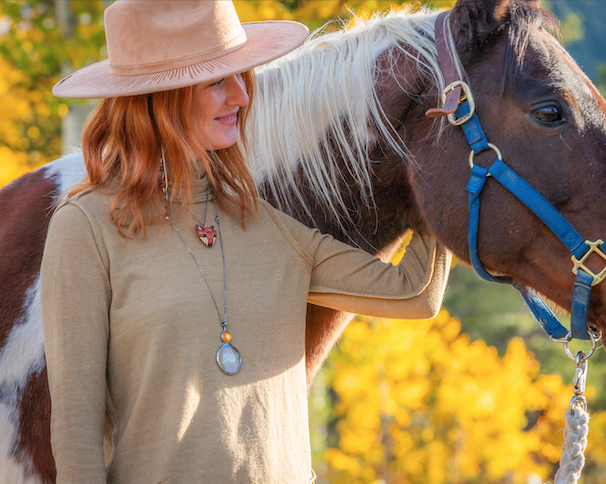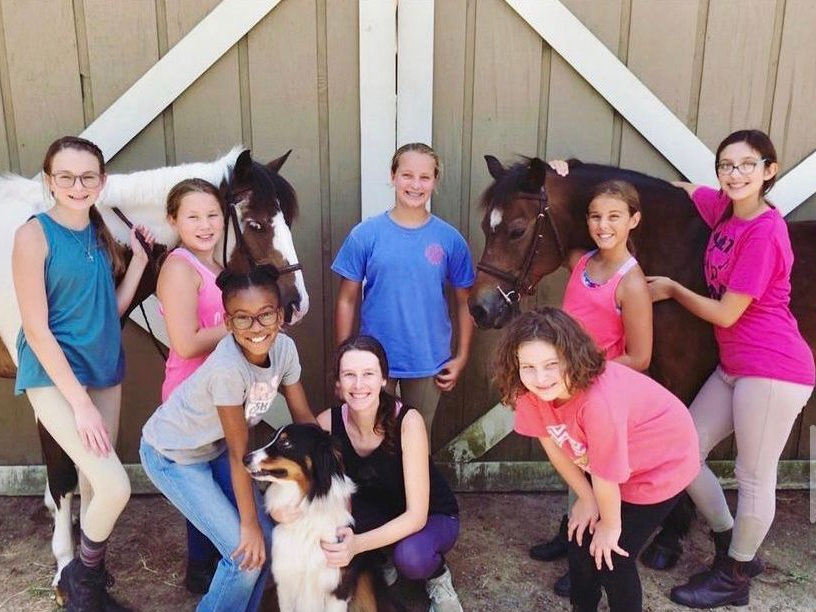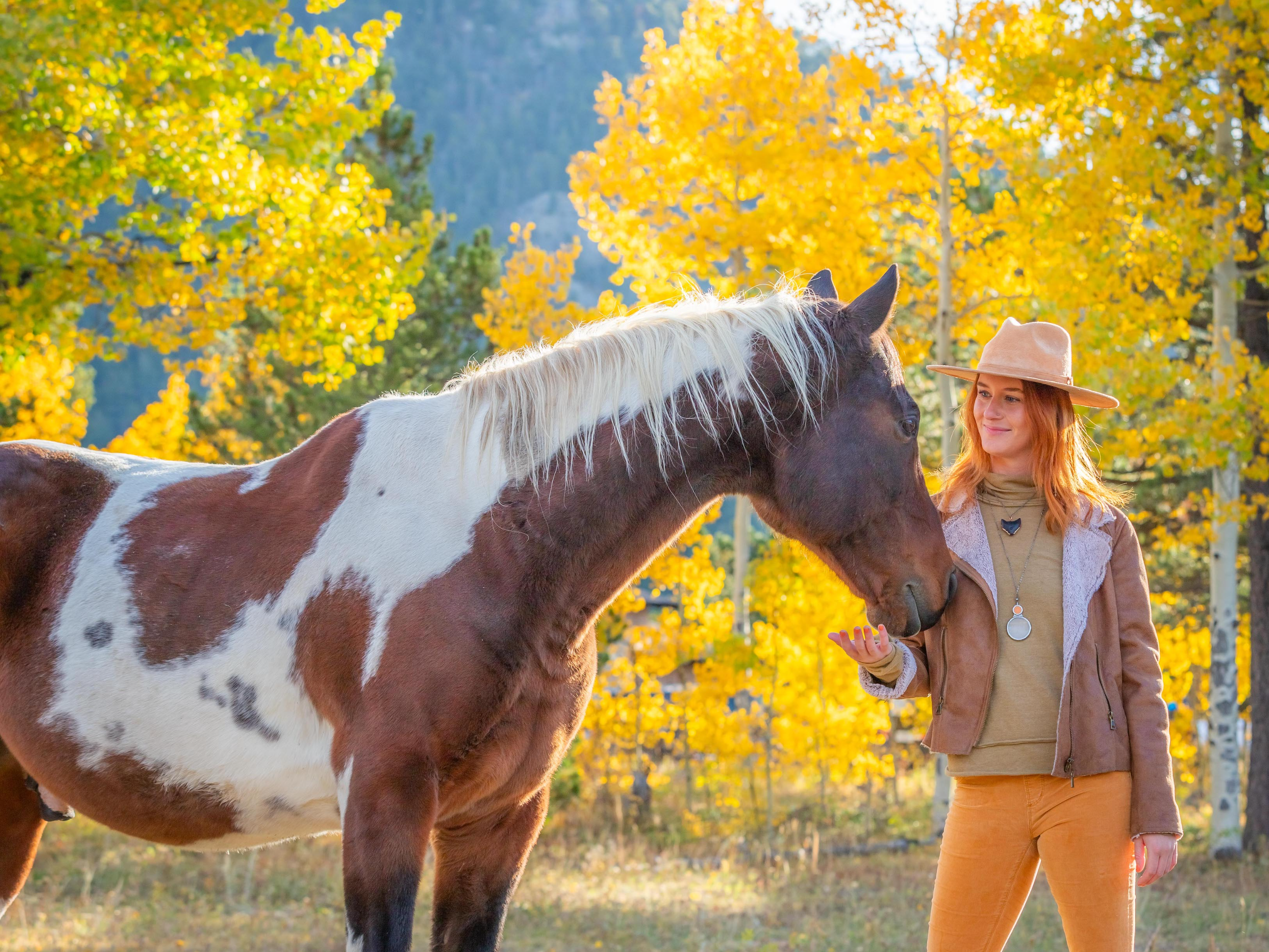
Horses are Healers
The relationship between humans and horses has a rich history, not only of practical partnership but of deep healing and connection.
For thousands of years, people have recognized the therapeutic qualities that horses bring to human lives. While initially domesticated around 4,000-3,500 BCE on the steppes of Central Asia for transport and labor, horses quickly became more than just working animals.
Ancient cultures saw horses as symbols of strength and resilience, and their presence was often believed to bring emotional and spiritual grounding. Over time, horses became companions in ways that nurtured human well-being, offering a calming, empathetic presence that could ease stress and encourage emotional release.
Today, equine therapy continues this legacy, helping people heal from trauma, manage anxiety, and foster self-awareness. This timeless bond highlights the unique role of horses in human healing, revealing how these animals have always been more than just partners in work—they are partners in the journey toward wholeness.
What is Equine-Assisted Therapy?
Equine-assisted therapy is a unique therapeutic approach that involves working with horses to help individuals navigate mental health challenges. Horses, with their natural ability to mirror human emotions, offer a non-judgmental, calming presence. This type of therapy engages the body, mind, and emotions, creating a powerful experience for clients of all ages.
Whether you're dealing with trauma, grief, life transitions, relationship issues, ADHD, anxiety, or depression, equine-assisted therapy can provide an alternative to traditional talk therapy. Through interactions with horses, clients gain insight into their emotions, behaviors, and patterns, often in ways that feel more immediate and transformative.
What is Gestalt Equine-Assisted Therapy?
Gestalt equine-assisted therapy blends the principles of Gestalt psychology with equine interactions, creating a holistic, present-focused therapeutic experience. Gestalt Therapy focuses on relationships as the most important therapeutic element. This can be seen in the ways in which we relate with each other, with ourselves and with the more than human world. Gestalt equine therapy can help us dive deeper into the ways in which we break connection with each other, ourselves and the natural world and shines light on how we can deepen these relationships to have a more meaningful life and heal from attachment wounds.
The horse’s response to the client creates a live feedback loop that helps clients identify unresolved emotional issues and patterns of behavior. This direct, in-the-moment awareness facilitates healing and personal growth.
Why is Equine-Assisted Therapy Beneficial?
- Emotional Awareness: Horses are incredibly sensitive to non-verbal cues and can mirror a client’s emotional state. This feedback helps clients become more attuned to their own feelings.
- Safe Environment for Processing Emotions: The non-judgmental presence of a horse can make it easier for clients to process and express difficult emotions such as grief, trauma, anxiety, and depression.
- Hands-On Experience: Engaging physically with horses helps clients connect to the present moment, reduce anxiety, and gain a sense of empowerment.
- Insight into Relationships: How a person interacts with a horse can reflect patterns in their human relationships, providing deeper insights into how they relate to others and themselves.
Who Can Benefit?
This approach is beneficial for individuals dealing with trauma, grief, life transitions, relationship issues, ADHD, anxiety, and depression. Whether you're a child, teen, or adult, equine-assisted therapy offers a unique path to healing, self-awareness, and growth.
If you’re interested in learning more about how equine-assisted therapy can help you, feel free to reach out with questions or just say, "tell me more!"


